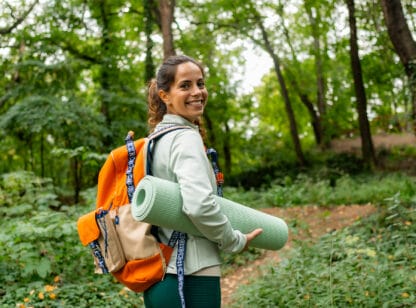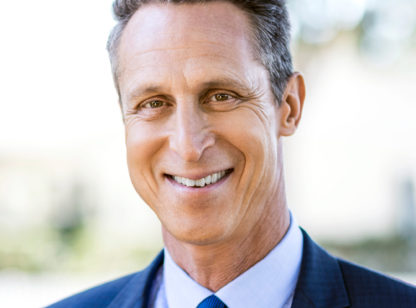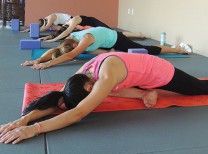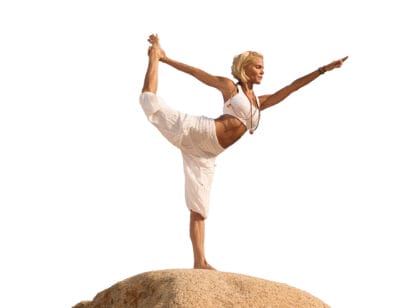“Most people have no idea how good their body is designed to feel.” – Kevin Trudeau
About 20 million Americans have found that yoga is a fabulous way to feel good. I often wonder about this “magic” and how it works. The convergence of the experience of yoga – which has driven its popularity – with the scientific explanation of why it works, sets the stage for broader applications and acceptance of this ancient practice. Medical centers across the nation are now implementing yoga into their services as its health benefits become clear.
A recent study of breast-cancer survivors who were new to yoga demonstrated significant reduction of inflammation in those who practiced 90-minutes of yoga twice a week. This is significant because inflammation is now known to be the common source of chronic diseases such as heart disease, diabetes, Alzheimer’s and arthritis. Inflammation is also thought to be the cause of fatigue that is common for years in cancer survivors.
The study, performed at Ohio State University, demonstrated that the yoga practitioners had less fatigue and higher energy even three months after the yoga program was completed. The research team also examined blood samples for three protein markers of inflammation. The markers were measured before and after the study, and all three showed a 10-15% reduction following 12-weeks of yoga practice.
Other studies have shown biochemical benefits of yoga in the regulation of blood glucose, sodium and cholesterol, and these benefits may help explain the impact on the reduction of diabetes, hypertension, and heart disease seen in yoga practitioners.
Like any new venture entering the world of yoga may require getting out of your comfort zone. In our valley there is huge variety in the type of yoga offered, in the size of classes, and in the style of the instructor.
The physical intensity of yoga classes range from restorative yoga, to gentle yoga, to therapeutic yoga, to vinyasa flow, to Bikram yoga, with additional specialty classes that may appeal to specific needs.
Class size is important to consider when finding a fit for your practice. Some like to begin with a private, one-to-one class to learn the basics while others find that with a little searching, small class sizes can accomplish the same goal in a more cost-effective manner. These semi-private classes often have 4-6 students, and because of the low teacher to student ratio, the teacher is able to assist each student in modifying the class for their benefit. Using this format, I have observed students with shoulder injuries or joint stiffness be able to individualize their practice and feel empowered to create change in their own health.
Personally, the instructor’s experience and style have been pivotal in my own yoga experience. Instructors who clearly explain each move or position create a class environment where everyone can participate more fully. Yoga instructors should have at least an RY-200 certificate, and those with more training will have an RY-500 certificate. These certificates indicate that the instructor has completed a certified yoga school program with 200 or 500 hours of instruction. Most teachers are happy for a student to do a “pre-view” class to assess the style and intensity of the class.
I’ll be out there trying more classes this fall – write to me about your own experience if you join me in this pursuit!
Dr. Jeralyn Brossfield is the Director of the Eisenhower Wellness Institute and can be reached at (760) 610.7360 or jbrossfield@gmail.com.
Source: http://news.nationalgeographic.com/news/2014/02/140207-yoga-cancer-inflammation-stress/













































Comments (0)